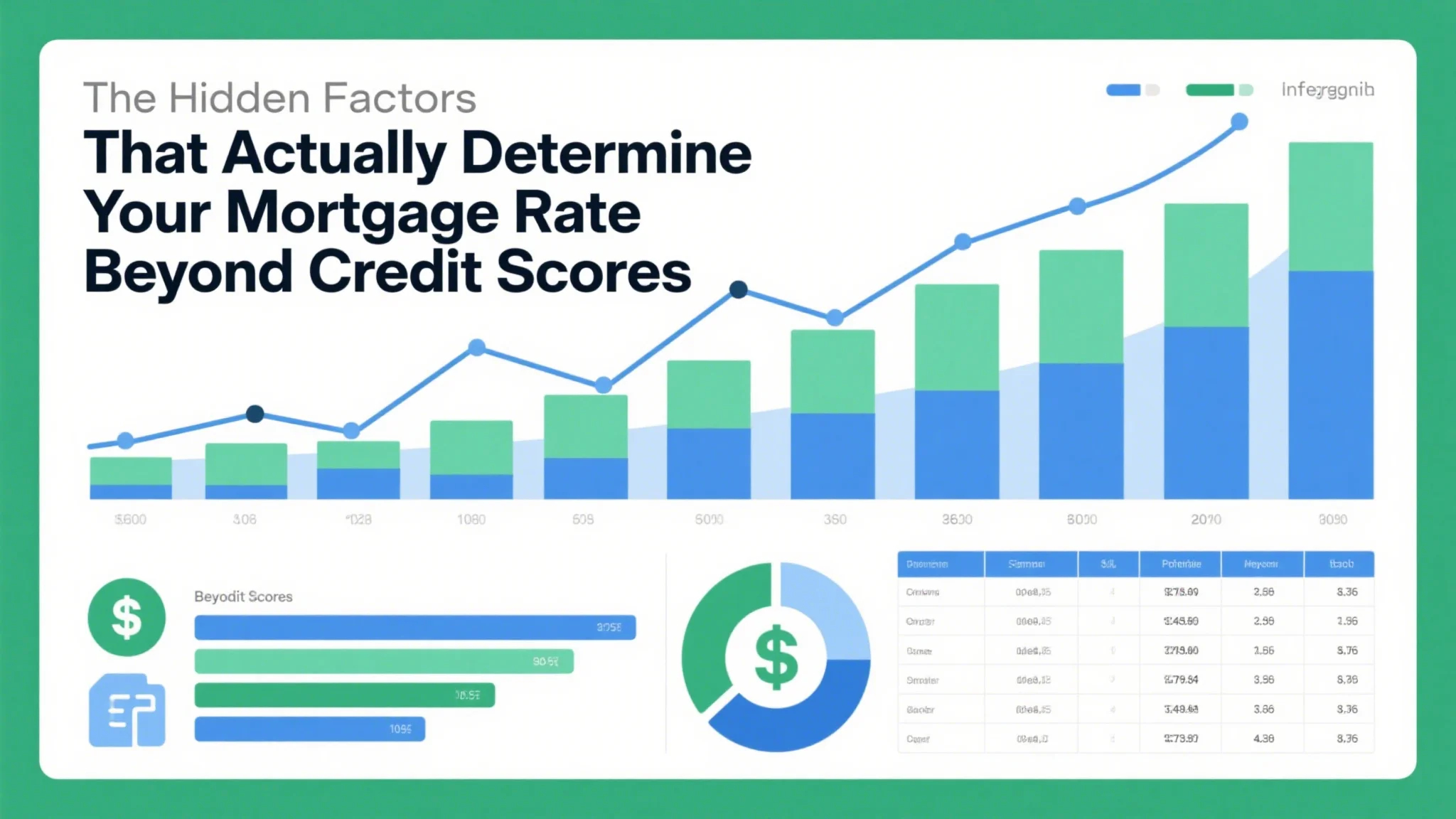Explore the hidden truths behind private banking services and discover why ‘exclusive’ rates may not always deliver the best returns. This article delves into the misconceptions surrounding private banking, compares it with online banking, and reveals how digital platforms often outshine traditional private banks in terms of performance and affordability.

The world of private banking has long been shrouded in an air of exclusivity, offering services to a select few who can afford the high fees and stringent entry requirements. Private banks promise personalized attention, exclusive investment opportunities, and superior returns, often positioning themselves as the pinnacle of financial service. However, beneath this glossy exterior lies a reality that many clients may find surprising: private banking often underperforms compared to online banking options.
The Exclusivity Myth
One of the primary selling points of private banking is the perception of exclusivity. Private banks typically cater to high-net-worth individuals (HNWIs) with substantial assets, offering them services that are supposedly unavailable to the general public. While this exclusivity can create a sense of prestige, it doesn’t necessarily translate into better financial outcomes.
For decades, private banks have relied on their relationship-based model to attract clients. Financial advisors in private banks often build long-term relationships with their clients, providing tailored investment strategies and access to exclusive products. However, this model is not without its flaws. The high costs associated with maintaining a dedicated advisor and the pressure to meet sales targets can sometimes lead to conflicts of interest. Private banks may prioritize their own profitability over the client’s best interests, resulting in suboptimal investment decisions.
The High Cost of Private Banking
Another major drawback of private banking is the high cost of services. Private banks typically charge substantial fees, which can include management fees, advisory fees, and transaction fees. These fees can eat into investment returns, especially in low-yield environments.
For example, a private bank may charge a management fee of 1-2% of assets under management (AUM). While this fee may seem reasonable in isolation, it can significantly impact long-term returns. Over a decade, a 1% annual fee on a $1 million portfolio would amount to $100,000 in fees. This is money that could have been invested back into the portfolio, potentially generating additional returns.
Moreover, private banks often require minimum investments to open an account, which can range from $100,000 to $1 million or more. While this ensures a steady stream of high-margin clients, it also limits the accessibility of private banking services to the broader population.
The Lack of Transparency
In addition to high fees, private banking clients often face a lack of transparency in their investment strategies. Private banks may use complex investment products with little to no disclosure, making it difficult for clients to fully understand the risks and returns associated with their investments.
This lack of transparency can lead to misaligned expectations. Clients may believe they are receiving superior returns due to the exclusivity of the products offered, but in reality, these products may not perform any better than those available through online banks or robo-advisors.
The Rise of Online Banking
In recent years, the rise of online banking has disrupted the traditional private banking model. Online banks offer a range of services that are often more affordable, more transparent, and more accessible than those provided by private banks.
Online banks typically operate with lower overhead costs, as they don’t maintain the same level of physical infrastructure or personalized service as private banks. This allows them to pass on significant savings to their customers in the form of lower fees and higher interest rates.
For instance, many online banks offer high-yield savings accounts with annual percentage yields (APYs) of 4% or more, compared to the 1-2% interest rates offered by traditional banks. These higher returns can make a significant difference over time, especially for clients with large balances.
The Role of Technology
The technological advancements driving the online banking revolution have also played a key role in its success. Online banks leverage artificial intelligence (AI) and machine learning to provide clients with personalized investment strategies tailored to their financial goals and risk tolerance.
These digital tools allow online banks to offer services that are not only cost-effective but also highly efficient. Clients can access their accounts, manage their investments, and monitor their financial performance through mobile apps or web platforms, providing them with real-time insights into their financial status.
In contrast, private banks often rely on manual processes and traditional investment strategies, which can be slow to adapt to changing market conditions. This lack of agility can leave private banking clients at a disadvantage in a fast-paced financial environment.
The Perception vs. Reality
The perception of private banking as a superior financial service is deeply ingrained in the minds of many clients. However, the reality often falls short of this perception. While private banks may offer some benefits, such as access to exclusive investment opportunities and personalized service, these benefits are often offset by the high costs and lack of transparency.
A study conducted by a leading financial research firm found that, on average, private banking clients achieve returns that are 0.5-1% lower than those achieved by online banking clients. While this difference may seem small, it can have a significant impact over the long term. For example, a 1% annual return difference on a $1 million portfolio would result in a $100,000 difference in returns over a 10-year period.
The Role of Innovation
One of the key factors contributing to the underperformance of private banks is their lack of innovation. Private banks have historically been slow to adopt new technologies and investment strategies, relying instead on traditional methods that have been in place for decades.
In contrast, online banks are at the forefront of financial innovation, leveraging cutting-edge technologies to provide clients with superior investment options and tools. For example, many online banks now offer robo-advisor services that use AI to create and manage investment portfolios, often at a fraction of the cost of traditional private banking services.
The Importance of Accessibility
Another critical factor to consider when comparing private banking with online banking is accessibility. While private banks cater to a select group of high-net-worth individuals, online banks are accessible to anyone with a computer or smartphone.
This accessibility not only democratizes financial services but also allows clients to make informed decisions about their investments. Online banks provide clients with the tools and resources they need to understand their financial options, empowering them to make decisions that align with their financial goals.
The Future of Financial Services



